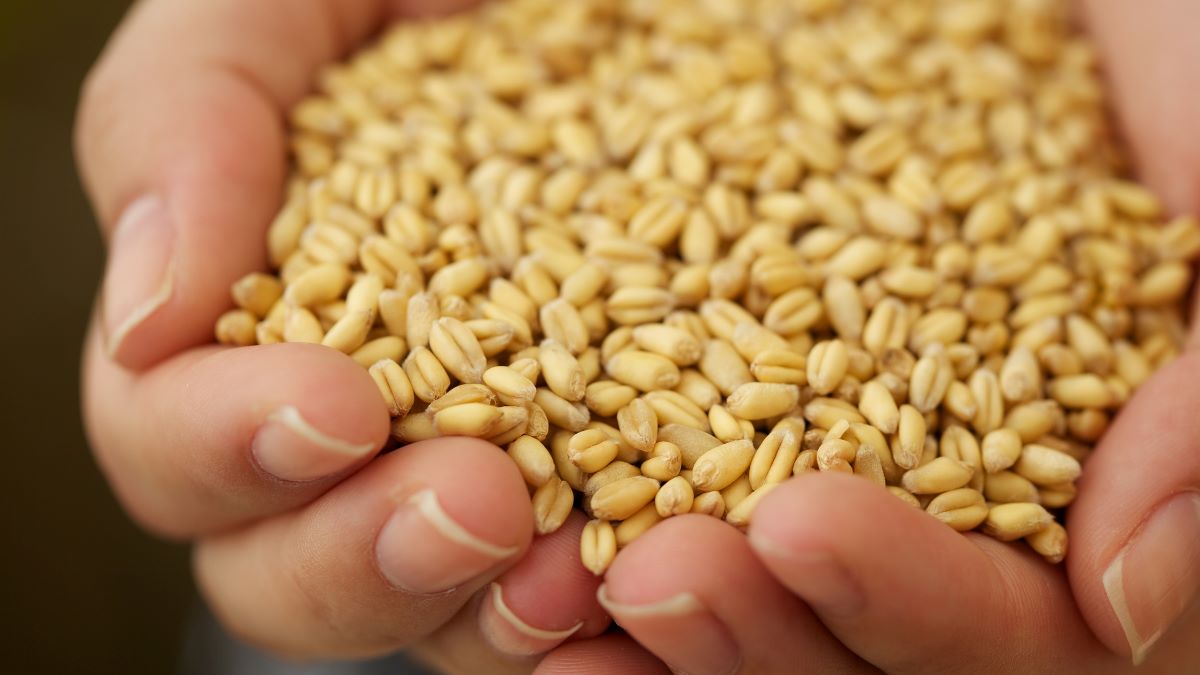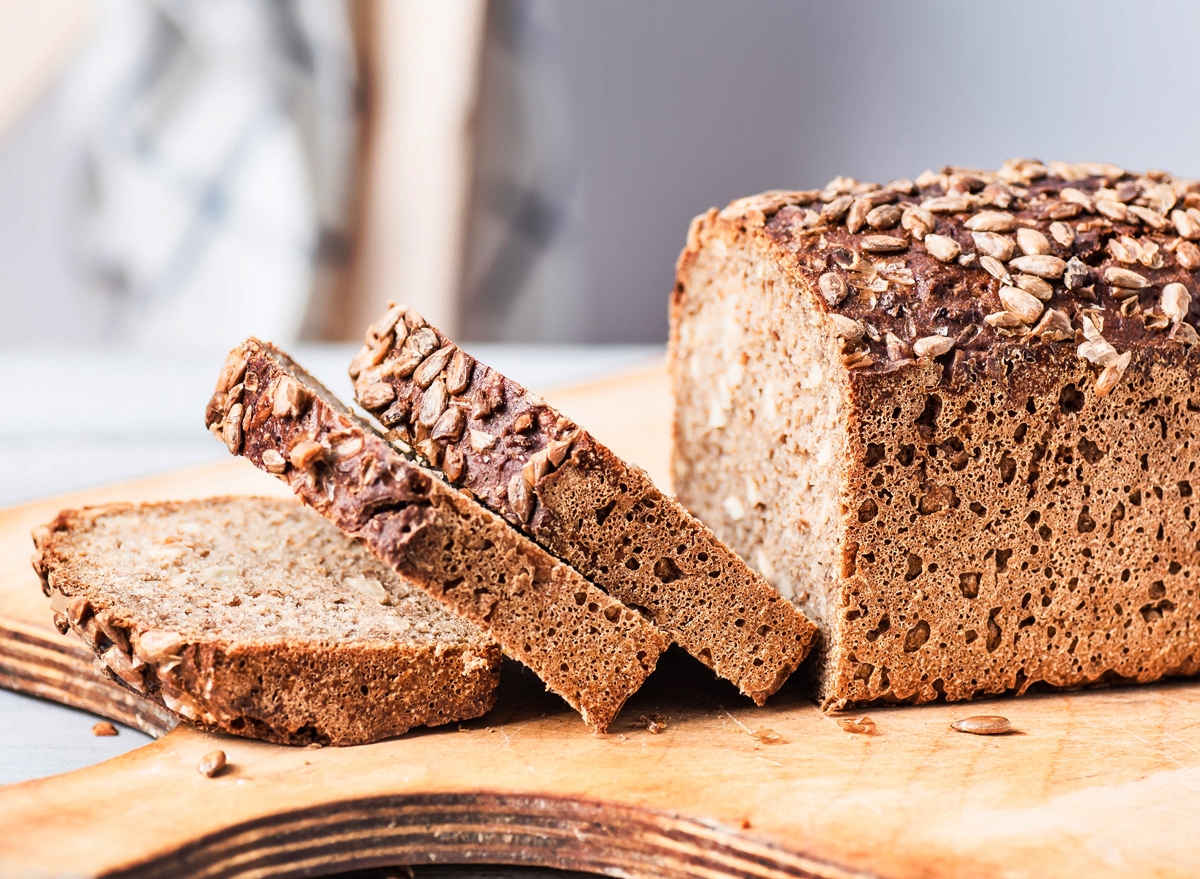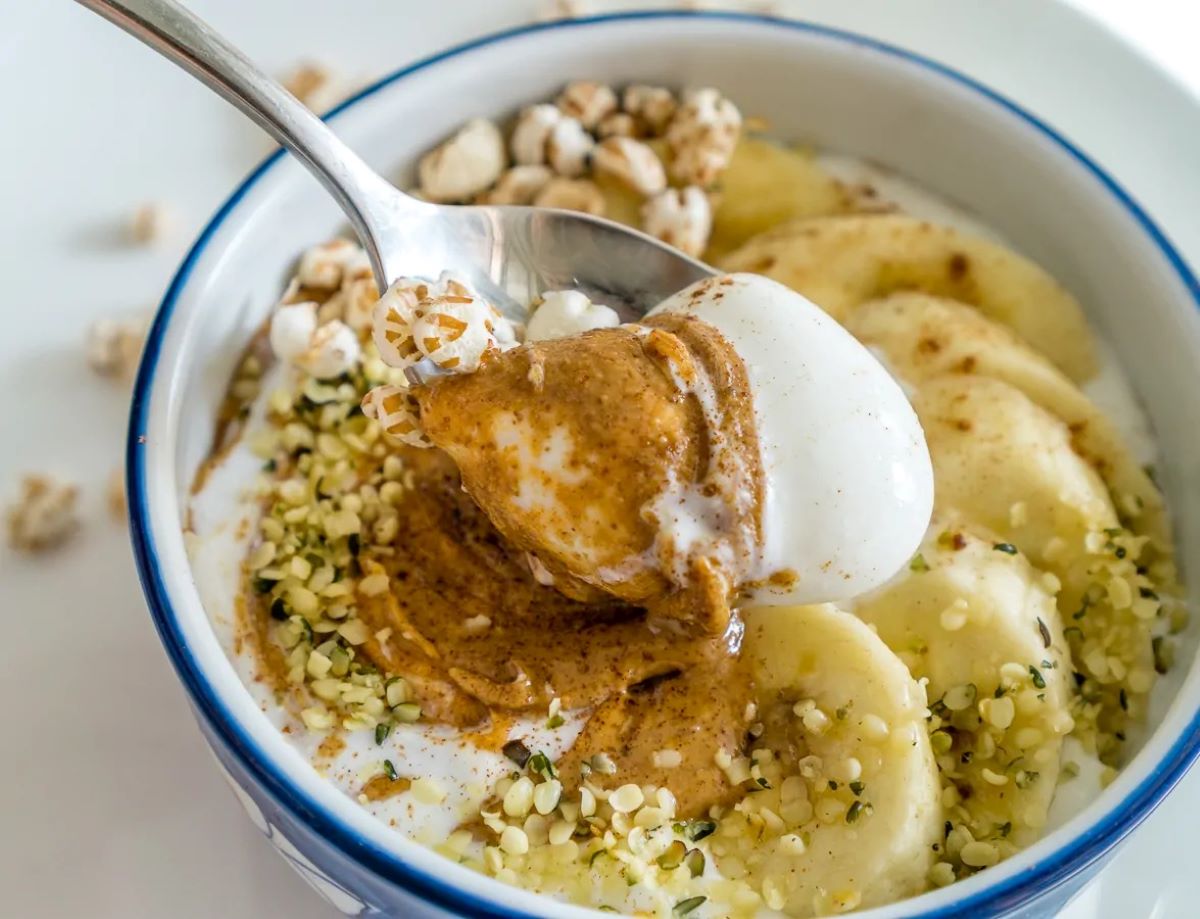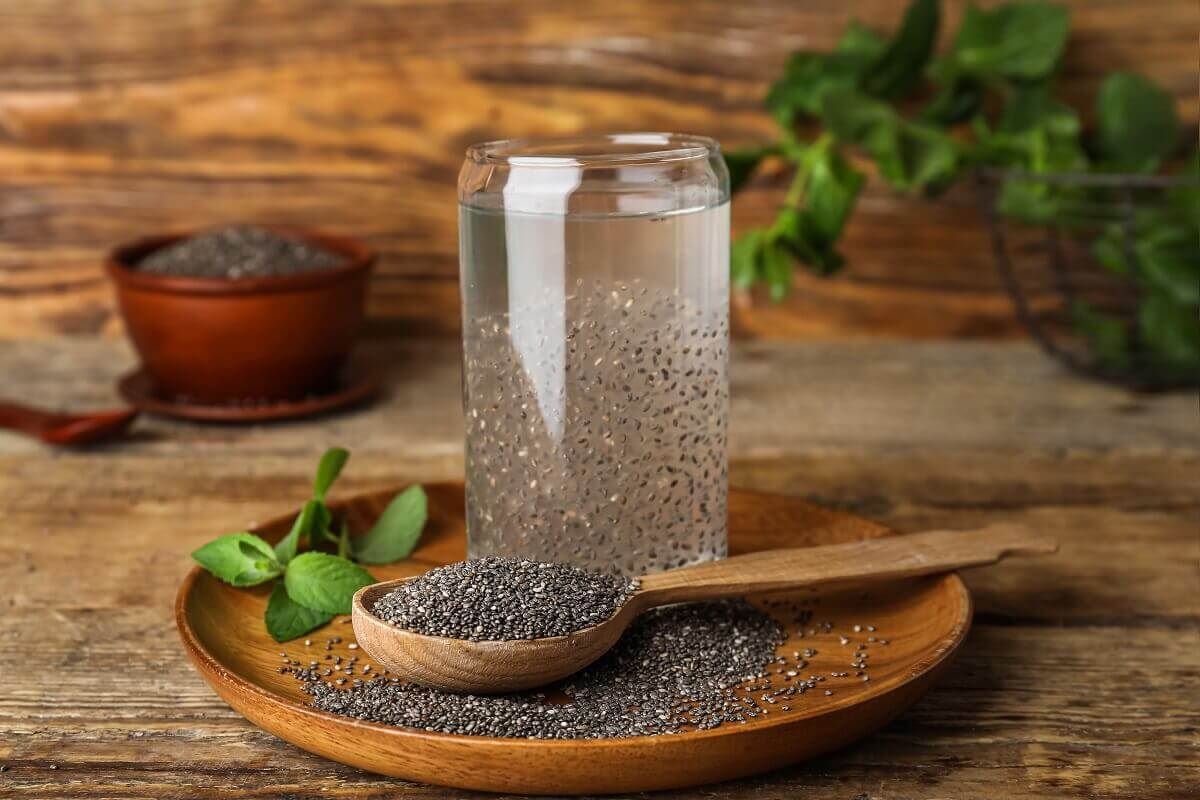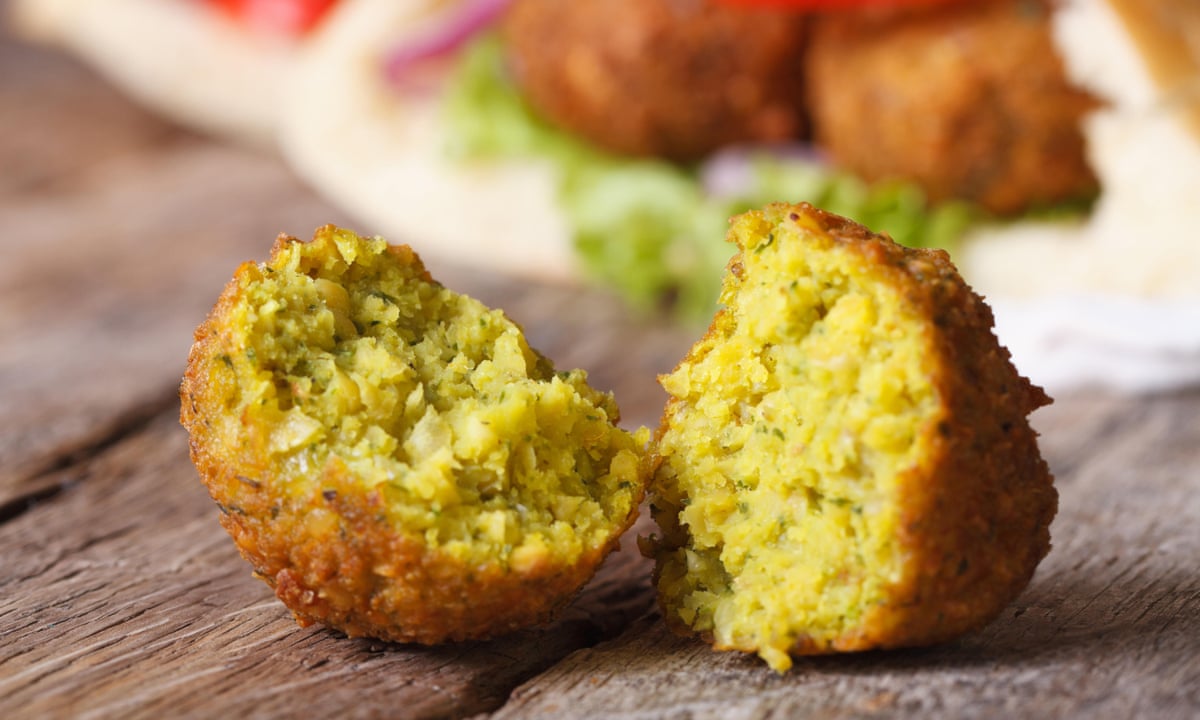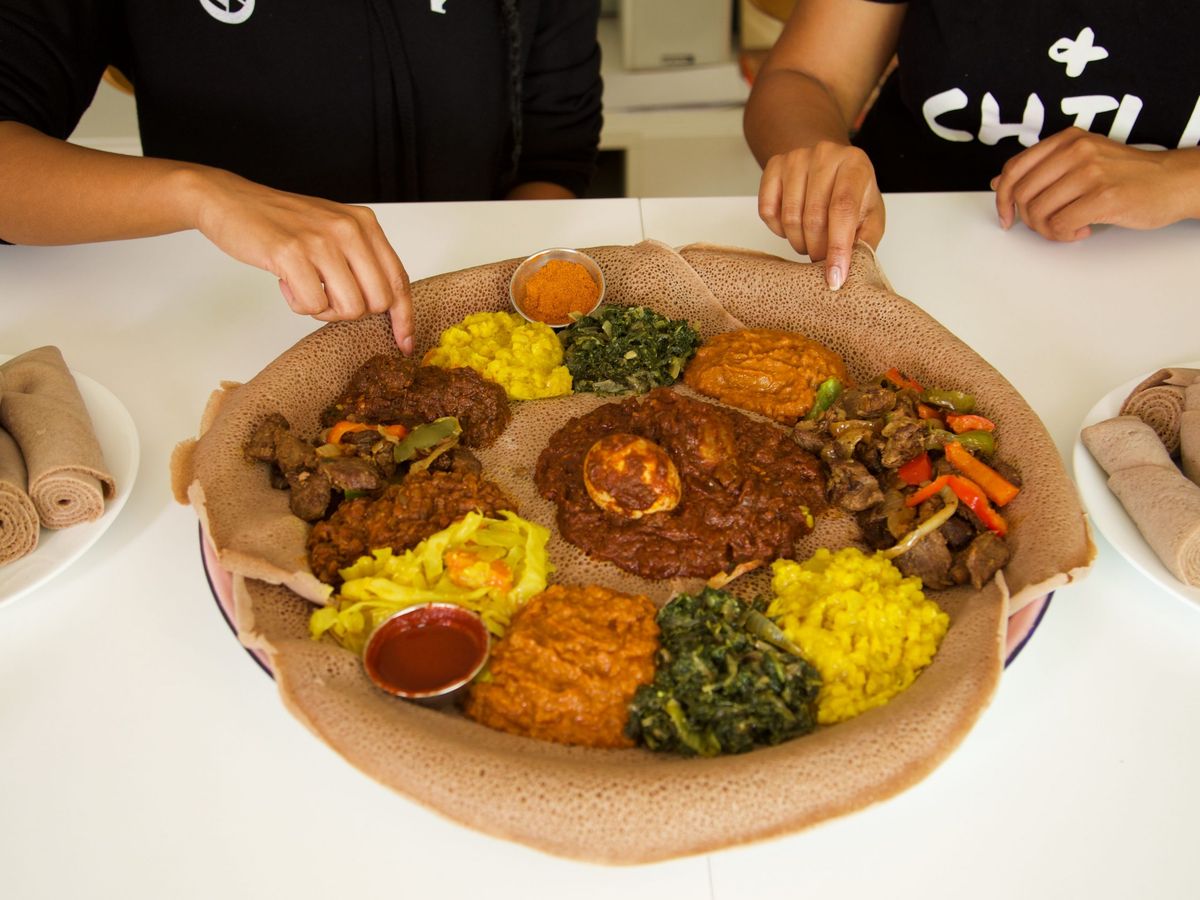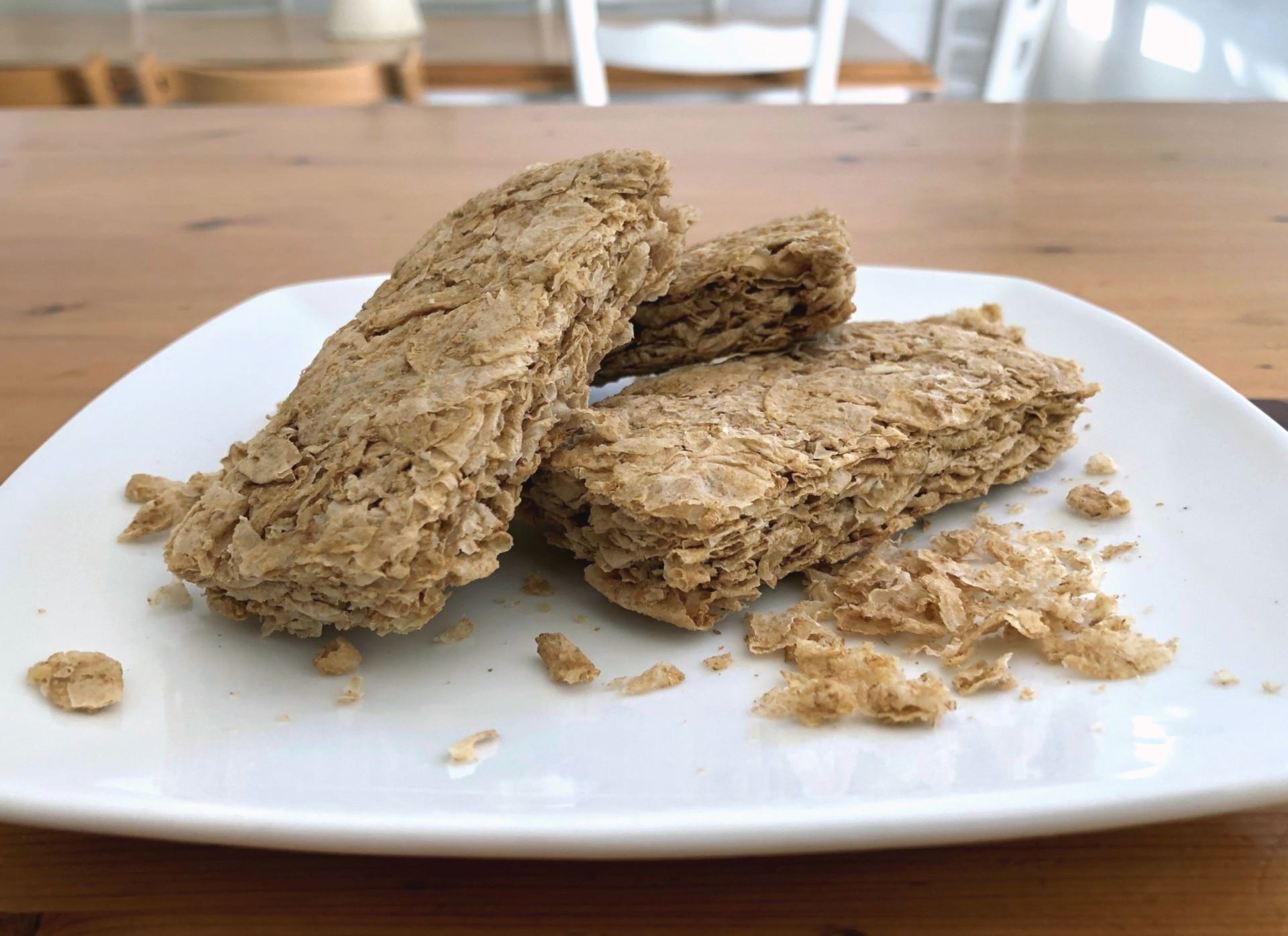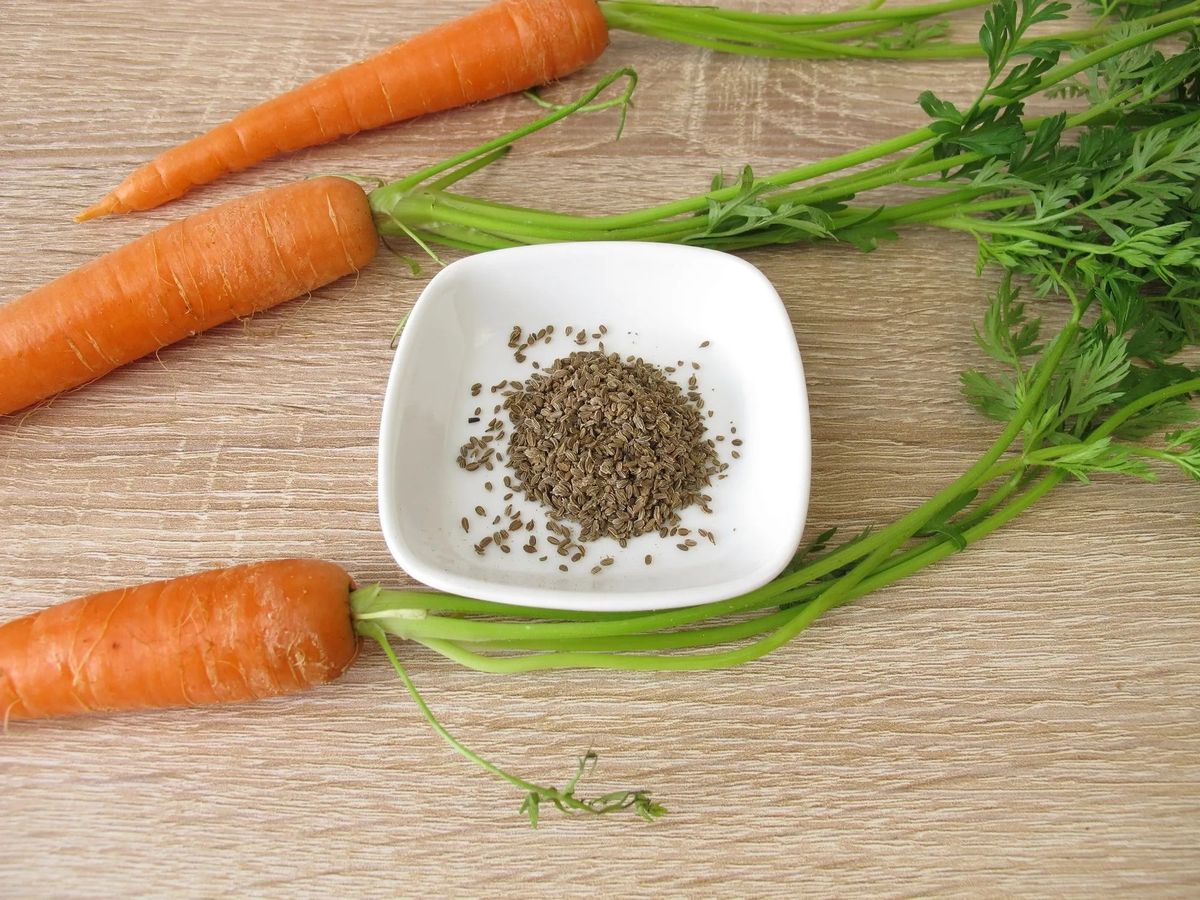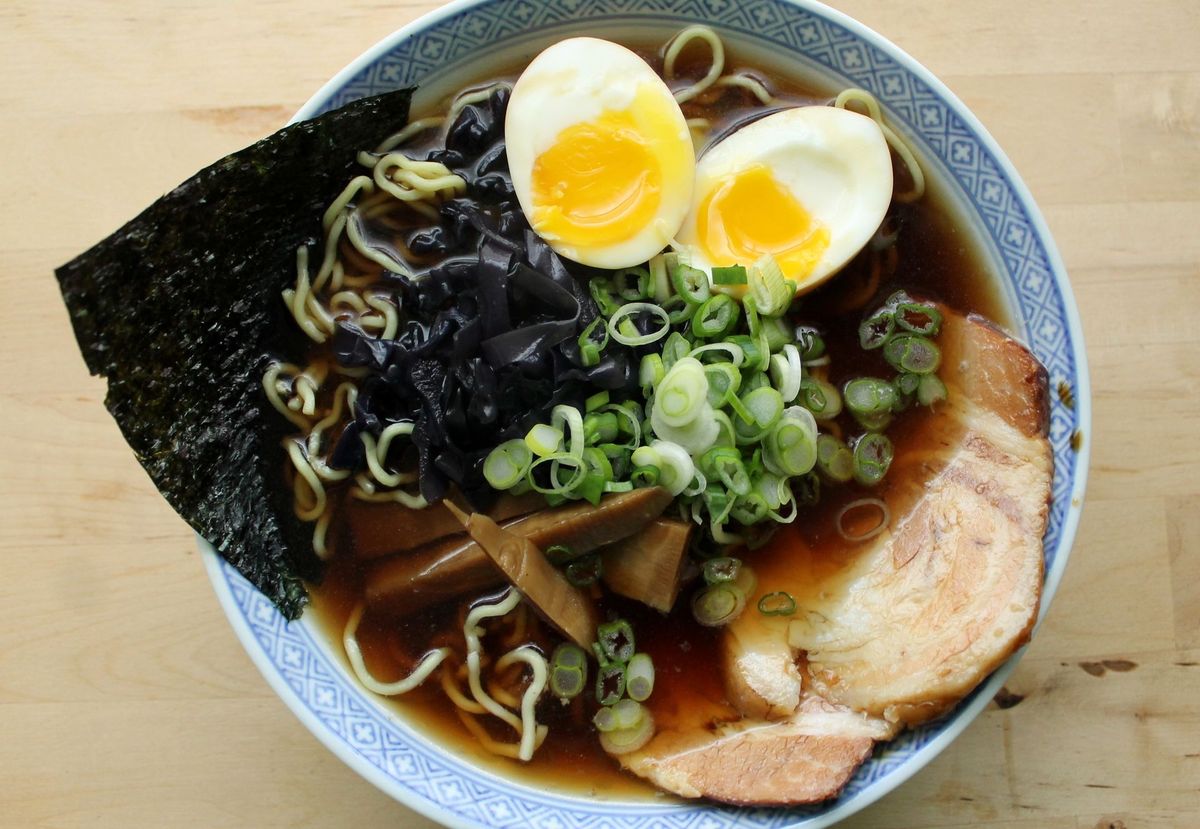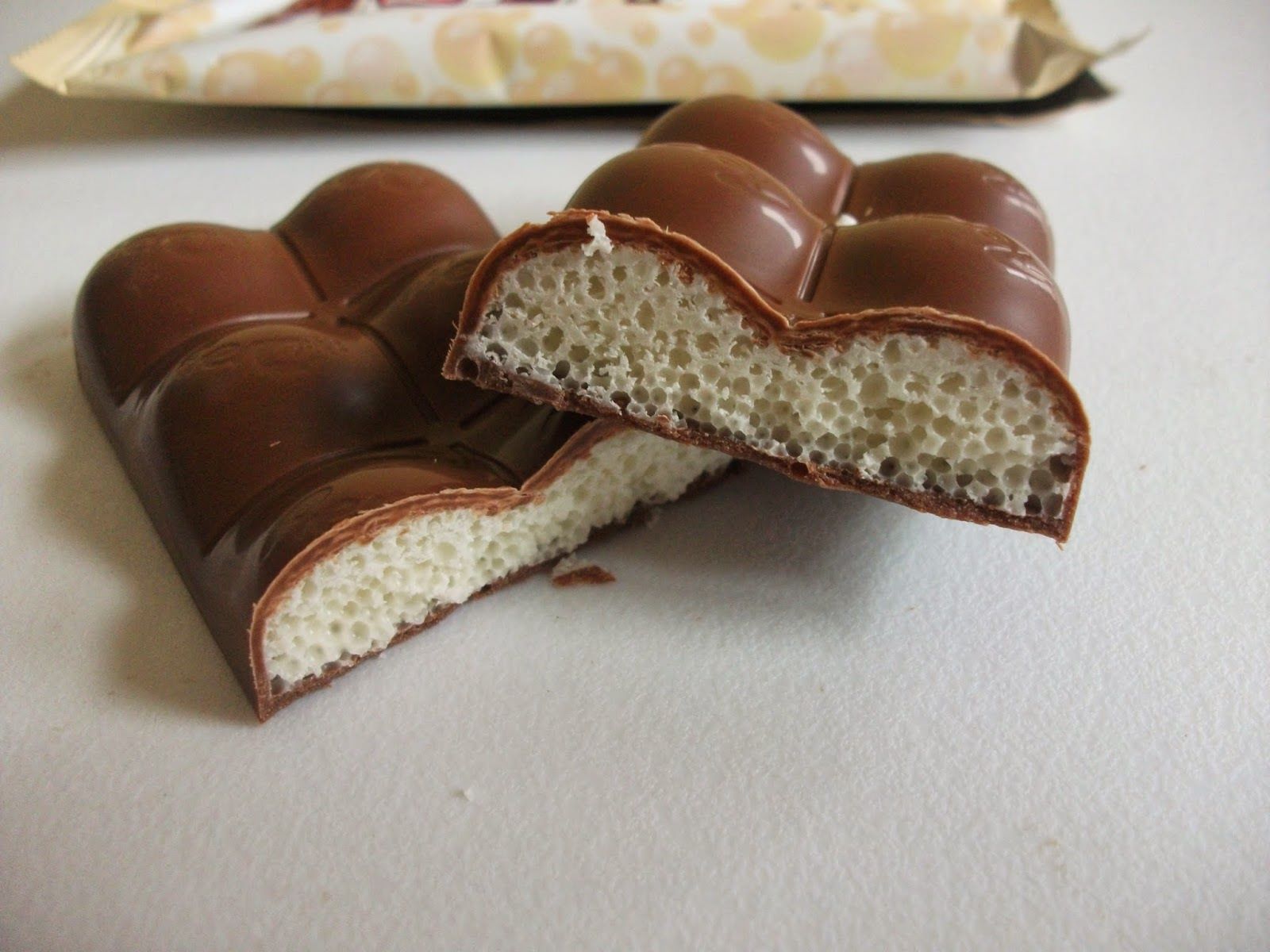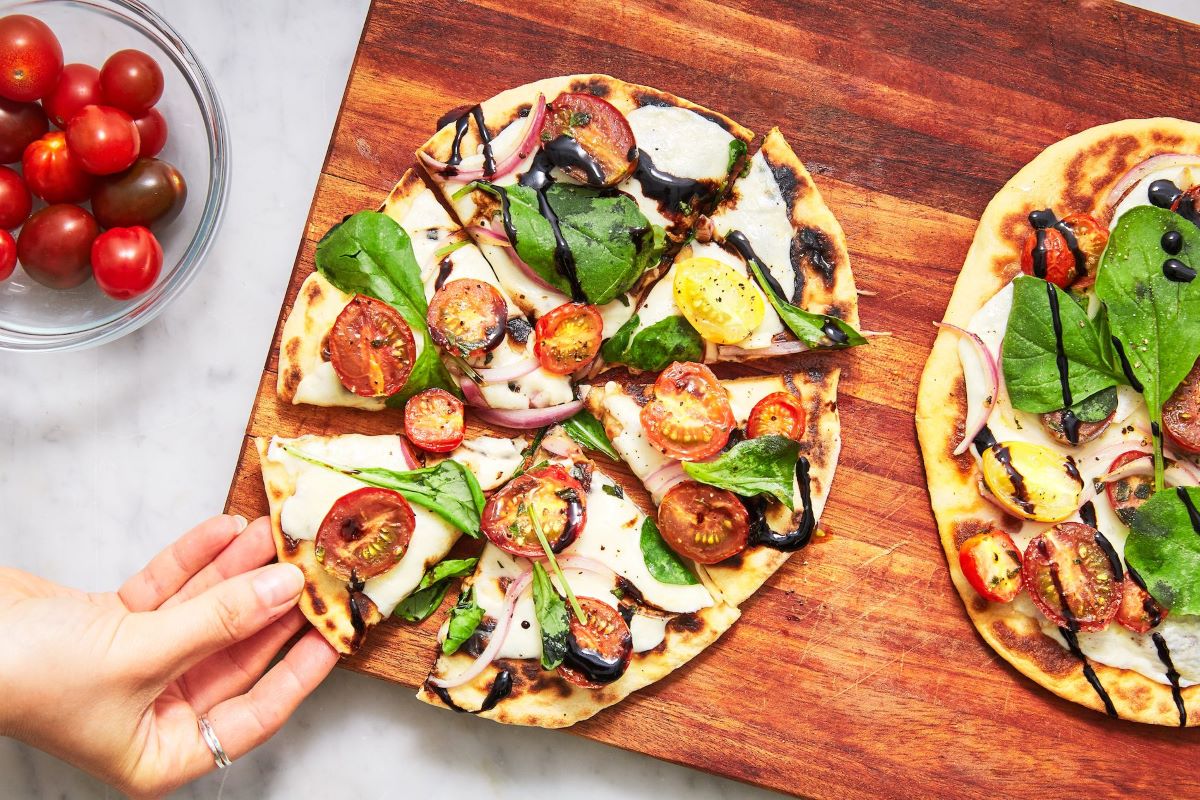Discovering a Wheat-Free and Sugar-Free Lifestyle
Are you looking to make a change in your diet and adopt a wheat-free and sugar-free lifestyle? Whether you have a gluten intolerance, a wheat allergy, or simply want to reduce your sugar intake, making these dietary changes can have a positive impact on your health and well-being. Here are some tips to help you navigate the world of wheat-free and sugar-free eating.
Focus on Whole Foods
When transitioning to a wheat-free and sugar-free diet, it’s important to focus on consuming whole, unprocessed foods. This means incorporating plenty of fruits, vegetables, lean proteins, and healthy fats into your meals. Whole foods are naturally free of wheat and added sugars, making them a great choice for a balanced and nutritious diet.
Read Labels Carefully
When shopping for groceries, it’s essential to become a pro at reading food labels. Look for products that are labeled as “wheat-free” and “sugar-free.” Keep an eye out for hidden sources of wheat and sugar, as they can often be disguised under different names. Being mindful of what you’re putting into your body is key to maintaining a wheat-free and sugar-free lifestyle.
Experiment with Alternative Flours
Just because you’re avoiding wheat doesn’t mean you have to give up baked goods altogether. There are plenty of alternative flours available that are wheat-free and can be used to create delicious treats. Almond flour, coconut flour, and cassava flour are just a few examples of wheat-free options that can be used in place of traditional wheat flour.
Choose Natural Sweeteners
While cutting out refined sugars, you can still satisfy your sweet tooth by using natural sweeteners such as honey, maple syrup, and stevia. These alternatives can be used in moderation to add sweetness to your recipes without the negative effects of refined sugar.
Plan Ahead for Success
Meal planning is a crucial aspect of maintaining a wheat-free and sugar-free diet. By planning your meals in advance and having a variety of wheat-free and sugar-free options on hand, you can avoid the temptation of reaching for convenient, but unhealthy, options. Having a well-stocked kitchen with nutritious ingredients will set you up for success.
Seek Out Support and Resources
Transitioning to a wheat-free and sugar-free lifestyle can feel overwhelming at first, but there are plenty of resources available to support you on your journey. Look for online communities, cookbooks, and blogs dedicated to wheat-free and sugar-free living. Connecting with others who share similar dietary goals can provide you with valuable tips, recipes, and encouragement.
Listen to Your Body
As you make changes to your diet, pay attention to how your body responds. Notice any changes in your energy levels, digestion, and overall well-being. Everyone’s body is different, so it’s important to listen to your own needs and make adjustments as necessary to find what works best for you.
By following these tips and staying committed to your goals, you can successfully embrace a wheat-free and sugar-free lifestyle. Remember, it’s all about making sustainable, long-term changes that support your health and happiness.

